What is VitroVo?
VitroVo is a contract research organization that specializes in electrophysiology. We use advanced in vitro models to extrapolate and predict in vivo results. In less time. With more data. Proven with over 20 years of experience. (see how the process works) You can get results as fast as 2 months after sending in your samples/compounds.
Why VitroVo?
VitroVo accelerates drug discovery and compound evaluation through expertise and innovation:
Accelerate Drug Discovery with Advanced Analytics:
VitroVo’s proprietary predictive analytics platform transforms in-vitro data into clinically relevant insights, often identifying reported observations. Our disease-agnostic functional phenotypic screening enables precise assessments of disease state correction across all therapeutic modalities.
Cutting-Edge Technologies for Superior Insights:
VitroVo’s founding members continuously advance in-vitro modeling through cutting-edge technologies, including MEA, iPSC-derived cells, microphysiological systems (MPS, organ-on-a-chip), and machine learning. With access to 236K MEA electrodes, we capture highly refined, novel insights undetectable by other assays—enabling unique evaluations only possible at VitroVo.
Proven Versatility and Expertise:
With over 20 years of MEA expertise — including the first applications with iPSC-derived neurons — VitroVo delivers high-quality, conclusive results. Our experience spans thousands of compounds and hundreds of iPSC-derived cell types. Offering ready-to-use preclinical models for numerous indications and customizable solutions, we provide the versatility and reliability essential for advanced drug development.
Key Benefits
VitroVo is advancing in-vitro modeling to better predict clinical outcomes, with results demonstrating its potential. Contact us to explore collaboration opportunities and enhance your development efforts.
Clearer assessment
Cumulative MEA data analysis experience enables multivariate analysis (e.g., PCA, UMAP) and AI/ML to evaluate compound efficacy for any disease models with variety of parameters from MEA recording.
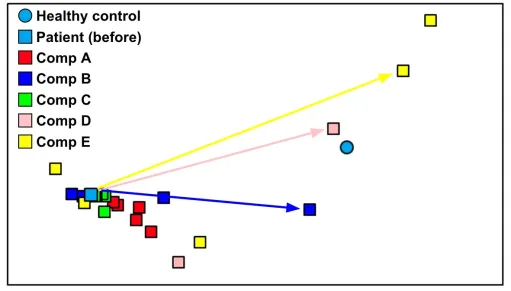
Seizuregenic dose identification
MEA analysis can predict seizuregenic dose levels comparable to in vivo studies. Gain such prediction faster and cheaper with reducing use of experimental animals through our In Vitro to In Vivo Extrapolation (IVIVE)
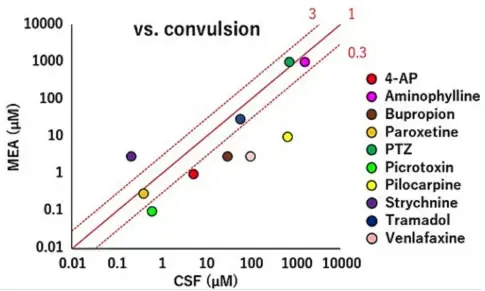
Single cell resolutions
Unparalleled resolution of functional data to interrogate your drug candidates with HD-MEA and its analysis.
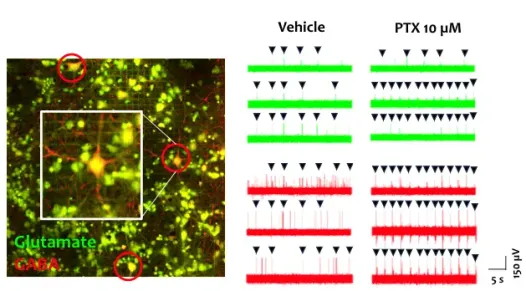
Advanced Modeling Approaches
Endless possibilities to enable complex yet robust co-culture models in separate chambers.
Services
At VitroVo, we harness cutting-edge in-vitro electrophysiology assays and advanced analytics to support groundbreaking discoveries in drug development and compound evaluation.
Therapeutic Areas
We empower drug discovery for some of the most complex neurological and neurodegenerative diseases:
Epilepsy
A neurological disorder characterized by recurrent seizures caused by abnormal electrical activity in the brain.
Dravet Syndrome
A rare, severe form of epilepsy beginning in infancy, marked by prolonged seizures and developmental delays.
Alzheimer’s Disease
A progressive neurodegenerative disorder leading to memory loss, cognitive decline, and behavioral changes.
Parkinson’s Disease
A degenerative disorder of the central nervous system that primarily affects motor function due to dopamine-producing neuron loss.
ALS (Amyotrophic Lateral Sclerosis)
A fatal neurodegenerative disease that affects motor neurons, leading to muscle weakness and eventual paralysis.
Pain
A complex sensory often associated with tissue damage or compound intake (e.g., chemotherapy), impacting quality of life and requiring precise management.
Comprehensive Safety Profiling
Our precise safety assessments help minimize risks and improve clinical outcomes:
Neurotoxicity
Predict central nervous system effects aligned with in vivo studies.
Developmental Neurotoxicity (DNT)
Detect risks early with OECD-compliant DNT assays.
Addiction Risk
Confidently evaluate abuse potential for candidate compounds.
Cardiac Toxicity
Gain unparalleled insights using HD-MEA assays for unique functional parameters.
Workflow
Our project begins with your goals. Here’s how we collaborate to advance your research:
-
Reach Out: Share your objectives with us. Fill the form here.
-
Collaborate: Meet with our team to discuss initial ideas. We’ll design a detailed project plan, including the in vitro models and assay systems tailored to your needs.
-
Review & Finalize: Receive our proposal, refine it as needed, and complete the necessary legal and administrative steps.
-
Launch: Send us your materials, and we’ll initiate the project.
MEA Platforms + additional assays
At VitroVo, we offer state-of-the-art electrophysiology and biological analysis platforms tailored to your research needs:
|
Category |
HD-MEA | Traditional MEA | ||
|---|---|---|---|---|
|
MEA partners |
Sony / Screen |
MaxWell |
Axion |
AlphaMED |
|
Characteristics |
|
|
|
|
|
Benefits & limitations |
|
|
|
|
|
Data resolution |
☆☆☆☆☆ |
☆☆☆☆ |
☆☆ |
☆☆☆ |
|
Price / condition |
$$$$ |
$$$ |
$$ |
$$ |
Enhance your insights with MEA assays complemented by additional readouts from the same cell culture. Combine techniques such as MPS, imaging, ELISA, and RNA-seq to maximize data extraction from a single experiment, providing deeper and more comprehensive results.
-
Ca Imaging: Detect and quantify calcium dynamics in live cells to study neural activity, cellular signaling, and responses to drug treatments with high temporal resolution.
-
Transcriptome / gene expression (RNA-seq, RT-qPCR): Profile gene expression patterns to uncover molecular mechanisms, validate targets, and assess treatment effects with precise transcript-level resolution.
-
Imaging (e.g., ICC, Fluorescent Dyes, optogenetics): Visualize cellular structures and biomarkers with immunocytochemistry (ICC) and fluorescent dyes, offering detailed spatial insights into cellular morphology and activity.
-
Biomarker Analysis (ELISA): Quantify specific proteins, cytokines, or metabolites with high sensitivity, supporting pharmacodynamic studies and safety evaluations.
-
MPS (Organ-on-a-Chip): Simulate human organ functionality using microphysiological systems for advanced modeling of disease and drug effects in a physiologically relevant context.
Models
At VitroVo, we offer and have extensive experience with over 100 assay models, including CNS, PNS, and heart cells sourced from a variety of trusted suppliers. Contact us to explore available models or discuss sourcing options for your specific needs. We’re confident we can find a solution.
Central Nervous System (CNS)

hiPS-CNS neurons
(glutamatergic, GABAergic, dopaminergic neurons)

hiPS-Glial cells
(astrocytes, microglia, oligodendrocytes)

Brain Organoids
(forebrain, midbrain, striatal)

Brain Slice

Rodent CNS neurons
Peripheral Nervous System (PNS)

hiPS-Sensory neurons
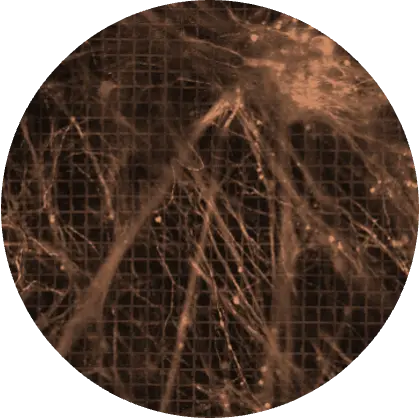
hiPS-Spinal cord

hiPS-Motor neurons

Rodent DRG neurons
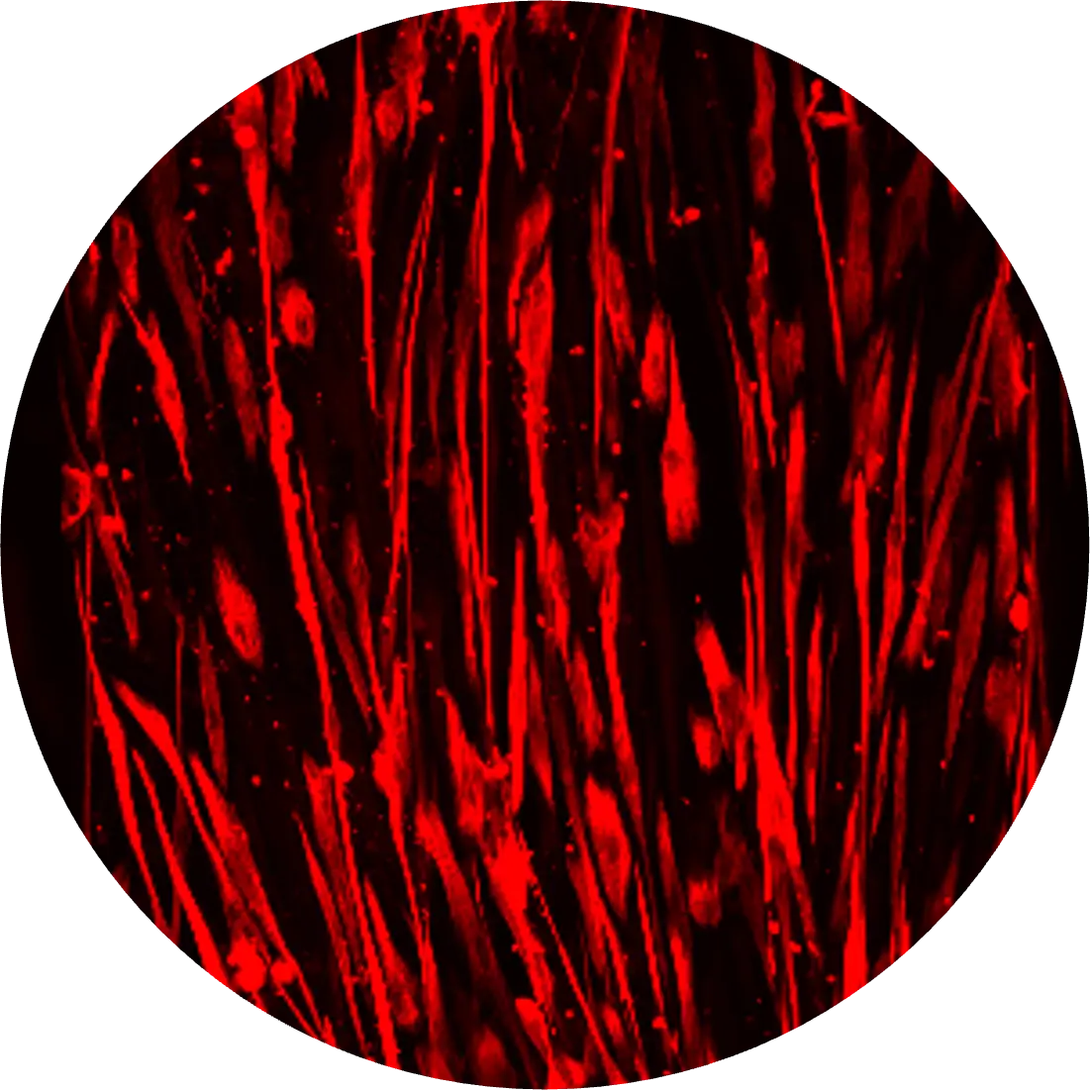
Skeletal Muscle
Heart

hiPS-Cardiomyocytes
Custom models

Contact us to explore if your desired models are available